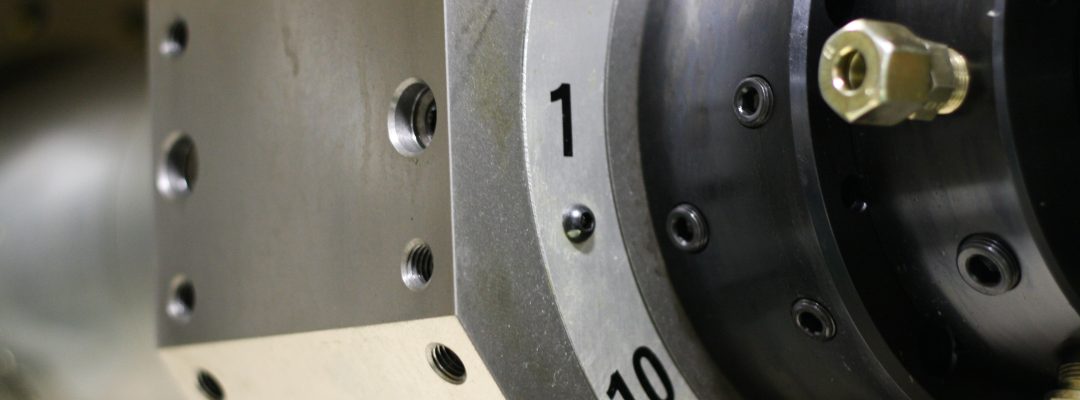What is differential thermal expansion?
Industrial materials can expand when heated. Often, different materials expand at different rates, a condition known as differential thermal expansion.
Differential thermal expansion can cause problems in applications. If two or more parts of an industrial component are made of materials that expand at different rates, the resulting difference in thermal expansion can cause the component to leak or fail. Imagine two halves of a joint that fit together at room temperature, but when heated, one side becomes too large for the other.
Materials also contract when cooled. Different rates of contraction when cooling introduce the same problems as thermal expansion. Cryogenic applications are subject to the effects of intense cooling, which may include component failure.
This engineering problem is further compounded by repeated changes in temperature. Often a single component will be exposed to frequent cycles of heating and cooling. The resulting expansion and contraction not only endangers smooth operation of equipment, it also increases wear and tear on the parts and can accelerate their failure.
Belleville disc springs help compensate for differential thermal expansion. Two common applications are flanged joints and bolted bus conductors.

